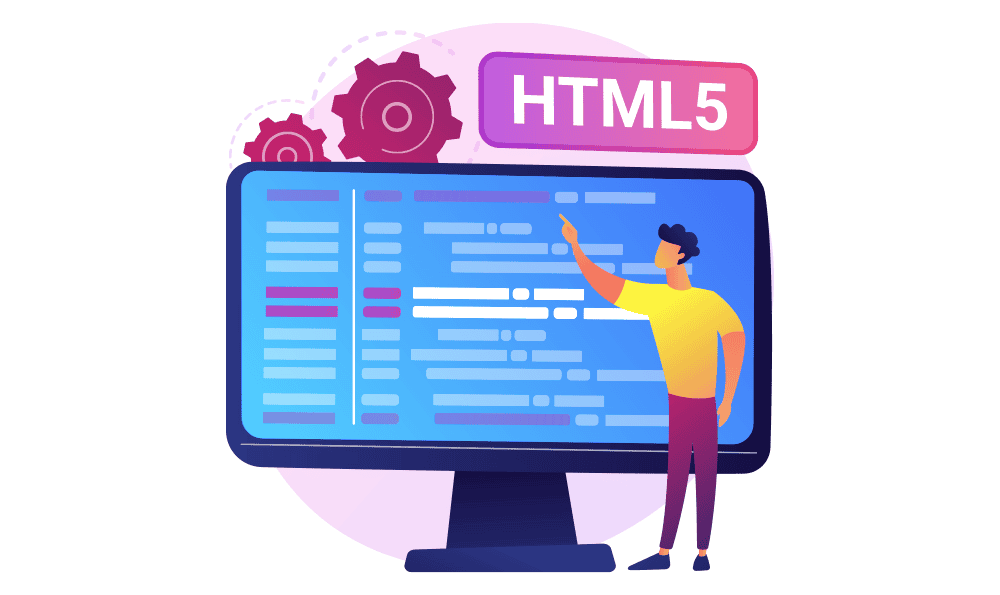
HTML5 website design involves creating the visual layout and user interface of a website using HTML5, the latest version of the HTML language. This service focuses on the aesthetics, usability, and overall look and feel of a website, ensuring it is modern, engaging, and compatible with various devices and browsers.

HTML5 website development refers to the process of building the functional components and interactivity of a website using HTML5, CSS, and JavaScript. Developers use these technologies to create dynamic web pages, add features, and optimize performance while ensuring cross-browser compatibility.

HTML5 consulting services provide expert guidance and advice to businesses and individuals seeking to leverage HTML5 technology effectively. Consultants help clients understand the benefits of HTML5, assess their specific needs, and devise strategies for implementing HTML5 solutions in their web or mobile projects.

Responsive design is an approach to web development that ensures a website's layout and content adapt seamlessly to different screen sizes and devices. It aims to provide an optimal user experience, regardless of whether users access the site on a desktop computer, tablet, or smartphone.

Mobile web development focuses on creating websites specifically tailored for mobile devices. Developers optimize design and performance to ensure fast loading times and a user-friendly experience on smartphones and tablets.

Cross-platform development involves creating applications or websites that work consistently across multiple platforms and operating systems, such as iOS, Android, and web browsers. HTML5 is often used in conjunction with frameworks like React Native or Xamarin to achieve cross-platform compatibility.

HTML5 web app development involves building web applications using HTML5, CSS, and JavaScript. These apps can be accessed through a web browser and often mimic the functionality of native desktop or mobile applications, offering a platform-independent experience.

HTML5 mobile app development refers to creating mobile applications using web technologies like HTML5, CSS, and JavaScript, which are wrapped in a native container for distribution in app stores. This approach allows developers to build apps for multiple platforms while sharing a common codebase.










